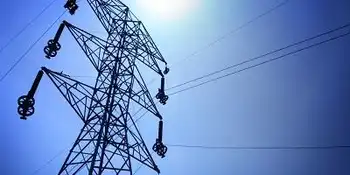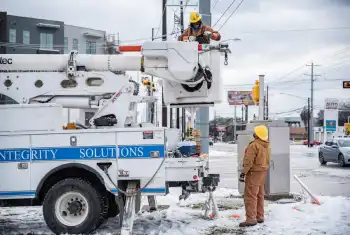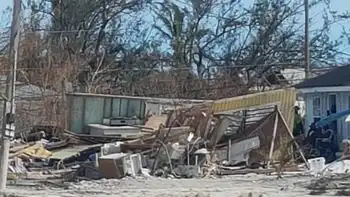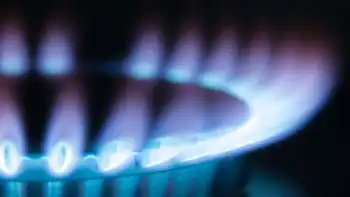Do it yourself solar coming to a store near you
Lowe's has begun stocking solar panels at its California stores and plans to roll them out across the country next year.
This shows how far the highest of the high-tech alternative energy technologies has come. Solar power is now accessible to anyone with a ladder, a power drill, and the gumption to climb up on a roof and install the panels themselves.
For Lowe's, it's an opening into a new and potentially lucrative DIY business.
"There's definitely a growing market for this with the number of people moving toward energy efficient homes," spokesman Steven Salazar said.
Caveat Emptor, however. The DIY part of solar goes beyond installation.
Professional installers typically handle all the necessary paperwork, like clearance from the local utility and applications for a bevy of government subsidies that can make the system a whole lot cheaper.
"You put solar panels on your roof without a permit, bad things happen to you," said Jeff Wolfe, CEO of solar installer groSolar. "The utility could shut off the power."
Lowe's will staff a kiosk near the panels that provides information on how to apply for rebates.
For anyone willing to tackle the paperwork, Akeena Solar promises a hassle-free installation that will immediately reduce the power you need to buy from the local utility.
Akeena Solar, Inc., based in Los Gatos, Calif., said it designed a system with the novice in mind.
"It's really not a big deal," said CEO Barry Cinnamon. "The most dangerous thing is learning about ladder safety."
The rectangular panels retail at $893 a piece. They produce the same AC power that runs in homes and plug directly into a circuit breaker.
During the day, the solar panels will act like a large battery, producing energy from the sun and pumping it through the circuit breaker to appliances inside. On cloudy days or at night, of course, homeowners will again draw 100 percent of their power from the grid.
To install, you'll need to carry the 40-pound panels to the roof and drill holes — two per panel — into the rafters. After adding a barrier to prevent leaks and a couple of brackets, the panels are bolted to the roof.
The home would need a dedicated circuit breaker, just like a washer and dryer.
One panel packs nowhere near the punch of a full solar system.
A typical solar system installed by a professional usually has 20 panels. Each Akeena panel will generate about 175 watts of electricity, about enough to power a flat screen television.
If you want more solar power, you can snap another panel to the first, kind of like Legos.
"People might want to put up one, see if it works. Then with their next paycheck, they may buy four more," Cinnamon said.
Lowe's is offering software that allows the homeowner to monitor the performance of each panel through the Internet. The panels are designed to withstand rough weather including hailstorms, and they're backed with a 25-year warranty covering defects.
Cinnamon, who mounted the panels on his own home in San Francisco (though he hired a contractor to do the electrical work), said homeowners can save a few thousand dollars, depending on the size of the system, by skipping a professional installer.
Rival home improvement store Home Depot did offer solar panels briefly this year as part of a pilot project, but those were developed for professional contractors and DIYers with a higher level of technical expertise. You can still buy the solar system on Home Depot's Web site.
The system offered by Lowe's is new territory for solar, putting a small system in reach of almost anyone.
"That's going to grab a whole lot of people who never thought of solar in their home," said Norman Deschamps, an independent analyst for SBI who specializes in the retail market for energy efficient renovations. "The walk-in market is fundamentally new."
Related News
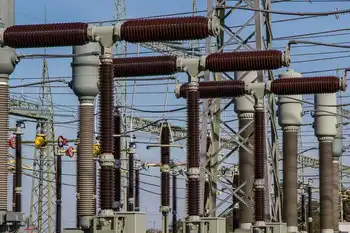
Attacks on power substations are growing. Why is the electric grid so hard to protect?
WASHINGTON - Even before Christmas Day attacks on power substations in five states in the Pacific Northwest and Southeast, similar incidents of attacks, vandalism and suspicious activity were on the rise.
Federal energy reports through August – the most recent available – show an increase in physical attacks at electrical facilities across the nation this year, continuing a trend seen since 2017.
At least 108 human-related events were reported during the first eight months of 2022, compared with 99 in all of 2021 and 97 in 2020. More than a dozen cases of vandalism have been reported since September.
The attacks have prompted…

